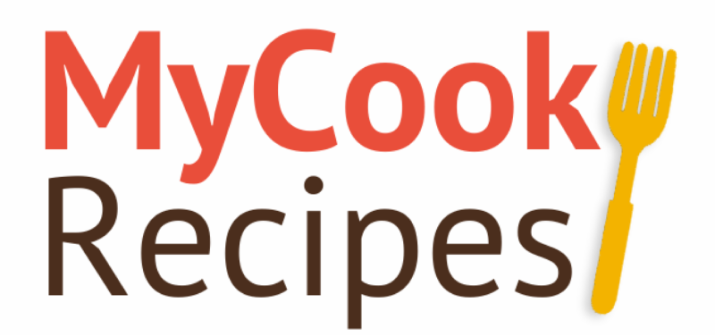
Introduction to Sourdough Discard
Sourdough baking, a tradition rich in flavors and health benefits, often results in a common byproduct: sourdough discard. But what exactly is this, and why does it occur? Simply put, sourdough discard refers to the portion of your sourdough starter that you remove during feeding to maintain an active and healthy culture. Rather than disposing of it, you can use this byproduct in various delicious recipes.
Understanding This Byproduct
When feeding your starter, you typically incorporate fresh flour and water to support the growth of yeast and bacteria. To prevent the starter from growing too large, you must remove part of it. This portion still contains active cultures, albeit in smaller quantities, making it perfect for enhancing baked goods with flavor and a slight rise. Learn more about this process by visiting King Arthur’s guide to sourdough discard.
For more advanced techniques on using sourdough discard, check out Serious Eats’ sourdough baking techniques to refine your baking skills.
Benefits of Using It
Utilizing this byproduct reduces waste and enriches recipes with the distinct tangy flavor characteristic of sourdough. Here are some benefits:
- Nutritional benefits: It offers lactic acid bacteria that improve digestion and provide probiotics. For a detailed look at the health benefits of fermented foods, check out this Healthline article on probiotics.
- Flavor enhancements: It injects depth into recipes, from rustic bread to fluffy pancakes.
Baking With It
Incorporating it into your baking can transform the taste and texture of your creations. Here’s how you can use it:
Breakfast Recipes
- Sourdough Pancakes or Waffles: These breakfast favorites gain a tangy twist and become fluffier and more flavorful with the addition of discard.
- Sourdough Muffins: Incorporating discard into your favorite muffin recipe adds a delightful sour tang and a tender texture.
Snacks and Side Dishes
- Crackers and Biscuits: Adding it to these recipes increases crunch and robust flavor—perfect for pairing with cheeses or dips.
- Buttery Sourdough Biscuits: Using discard in biscuits makes them both fluffy and complex in flavor.
Desserts and Sweets
- Sourdough Chocolate Chip Cookies: Introducing discard into these classic cookies deepens their taste, making them more sophisticated.
- Sourdough Cake: Transforming traditional cake recipes by including discard enhances moisture and flavor.
Storing It
Proper storage ensures it remains fresh and ready to use:
- Short-term Storage: Store it in a sealed container in the refrigerator for up to a week.
- Long-term Storage: You can freeze it for several months. Simply thaw it in the refrigerator overnight before use.
FAQs About It
Here are some frequently asked questions:
- Can you freeze it? Yes, for up to 3 months.
- How often should you discard your sourdough starter? You should do this typically whenever you feed it, which could be daily or weekly depending on your baking schedule.
- What are the differences between using fresh versus aged discard? Fresh discard is less acidic, while aged discard has a more pronounced sour flavor.
For more details on activating your starter and discard, visit our internal guide on How to Activate Sourdough Discard.
Conclusion
It serves as a versatile and flavorful ingredient that enhances numerous recipes, from traditional bread to innovative desserts. Using discard not only helps minimize waste but also enhances the flavor profile of your culinary creations. Experiment with different recipes to discover how it can elevate your baking to new heights.
